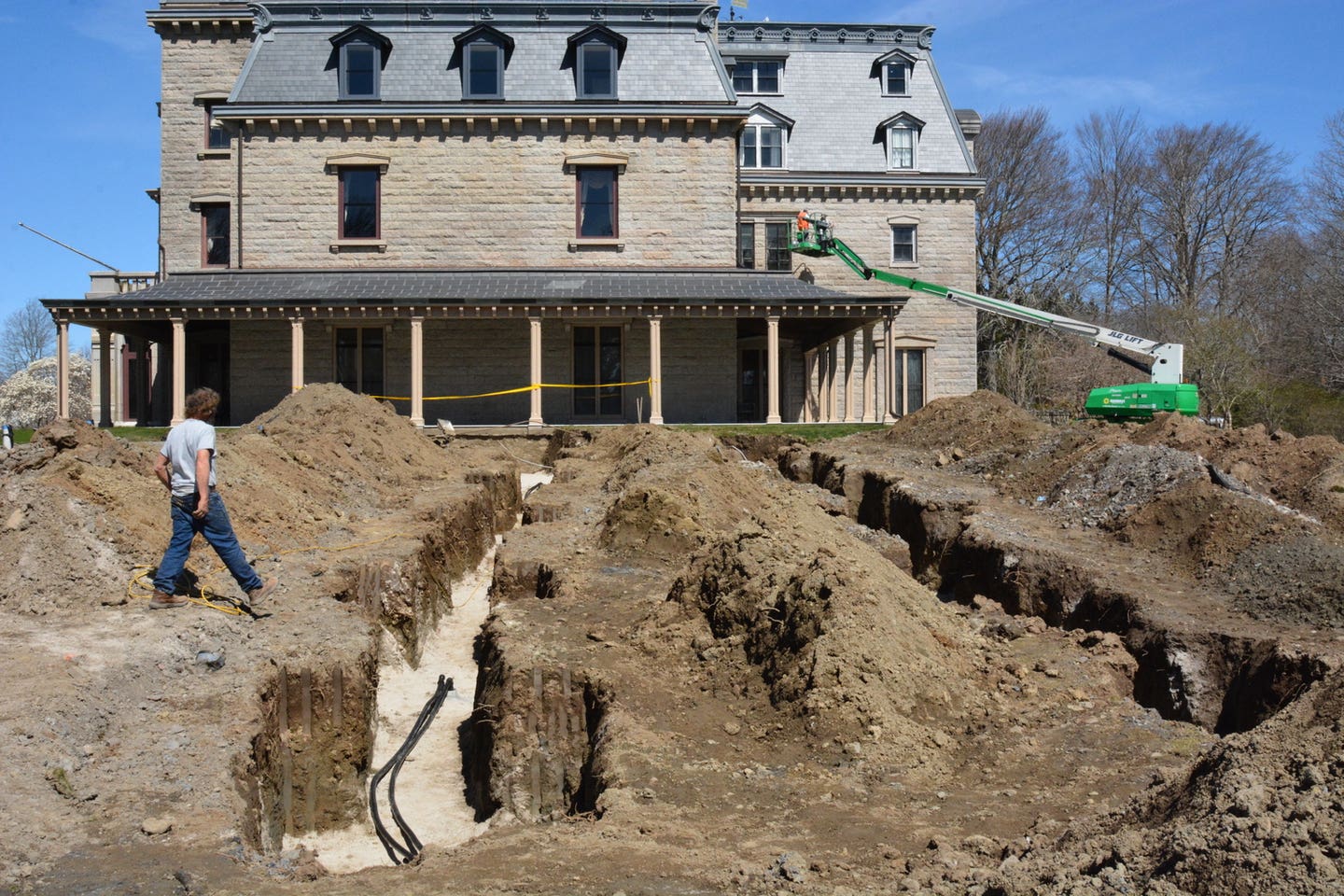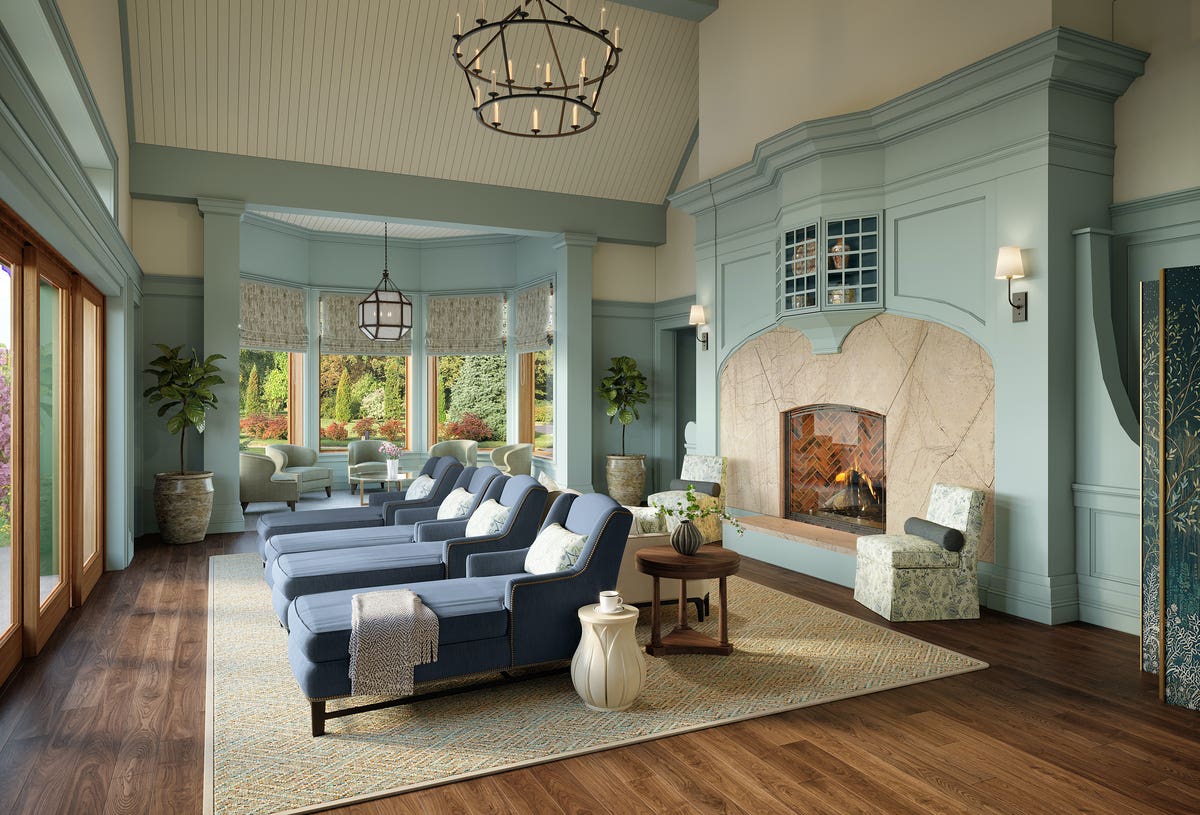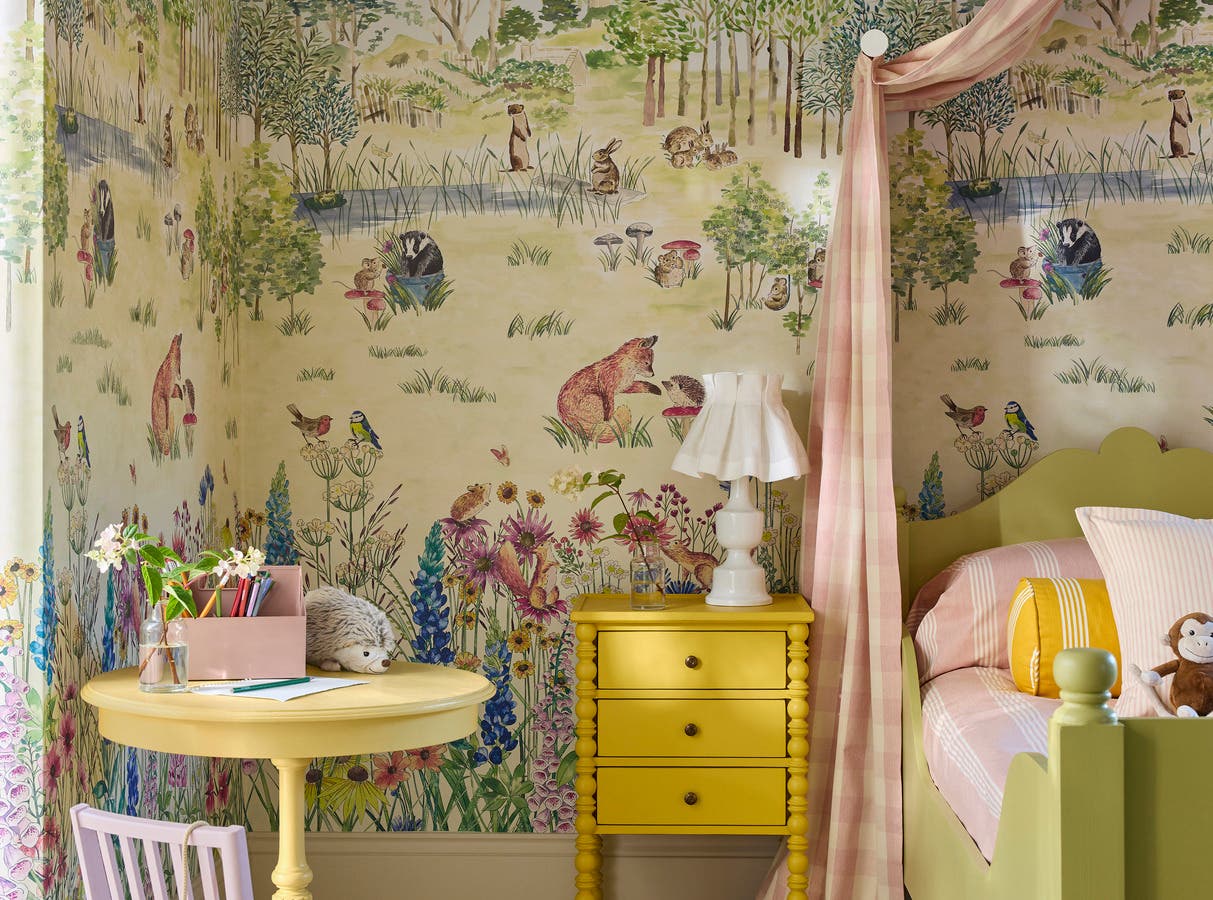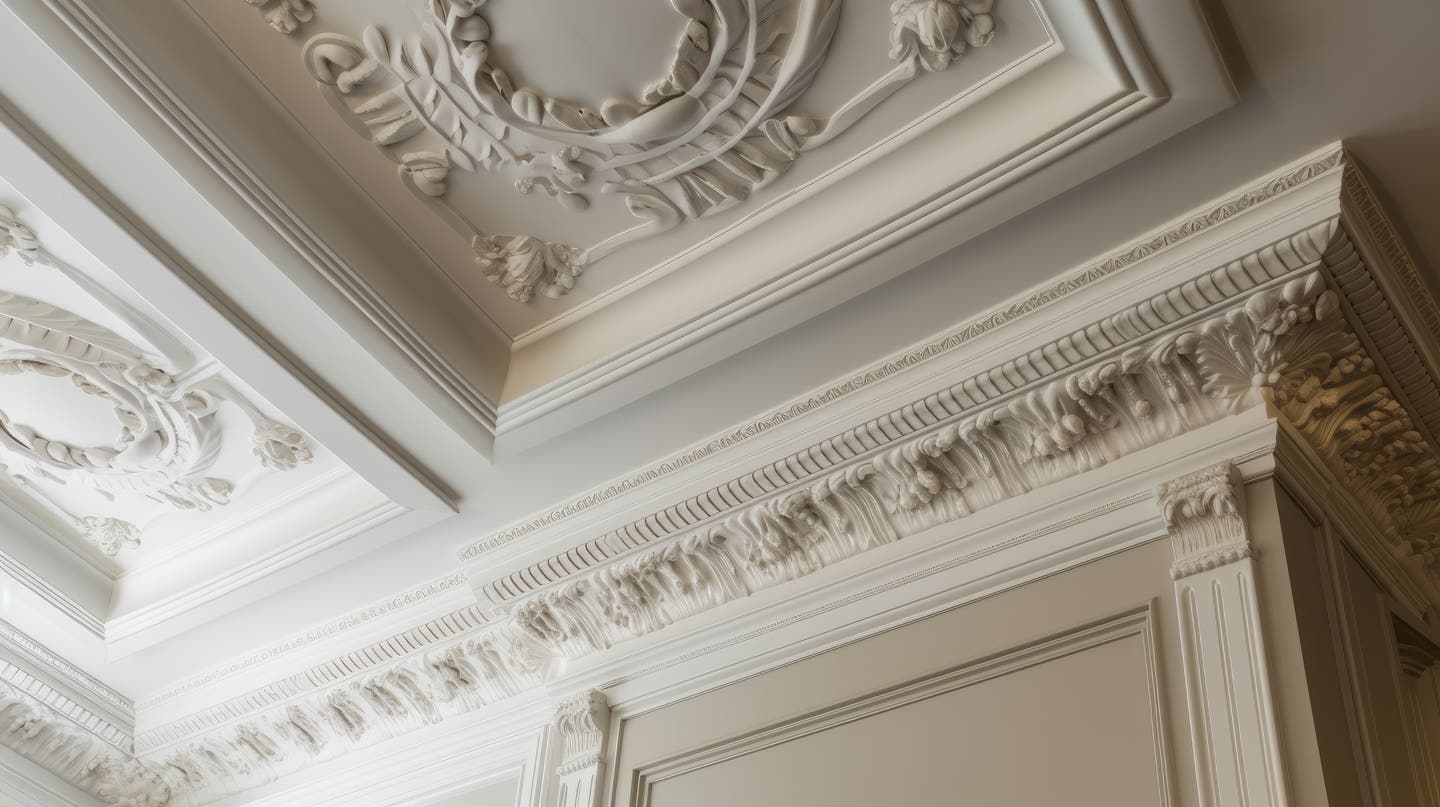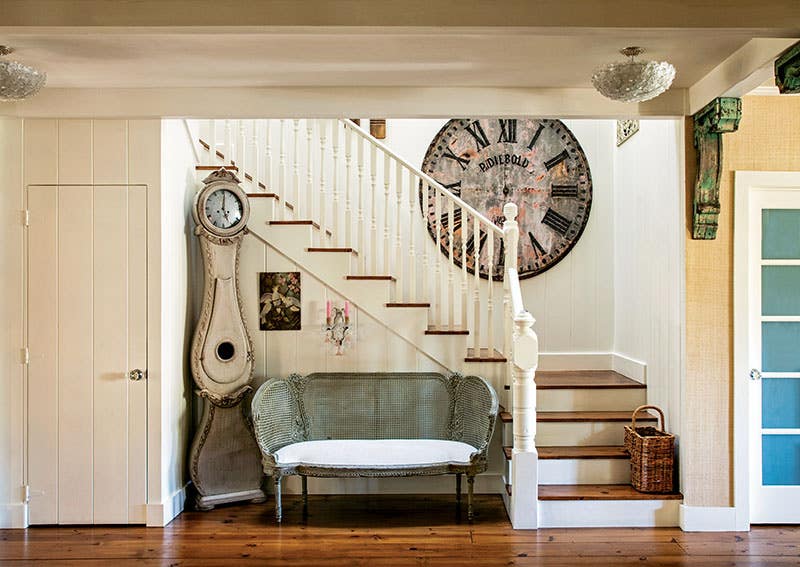
Product Reports
Adding Architectural Salvage
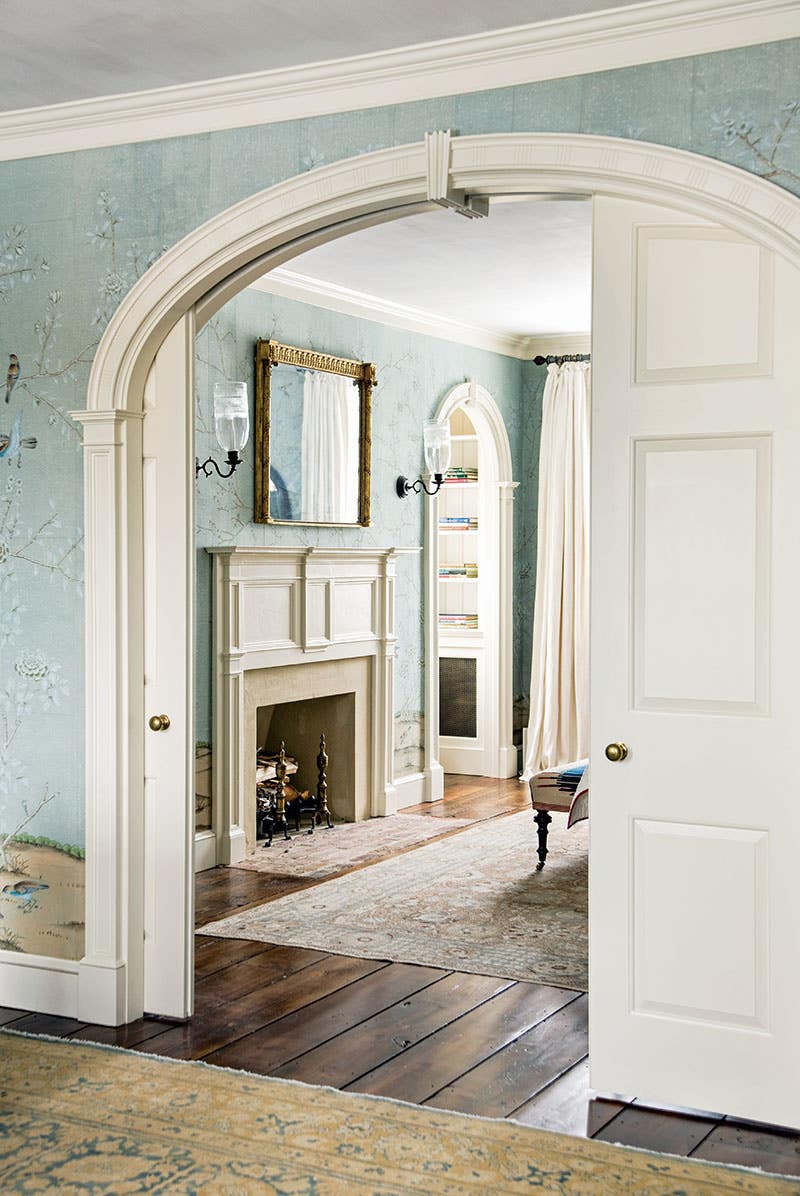

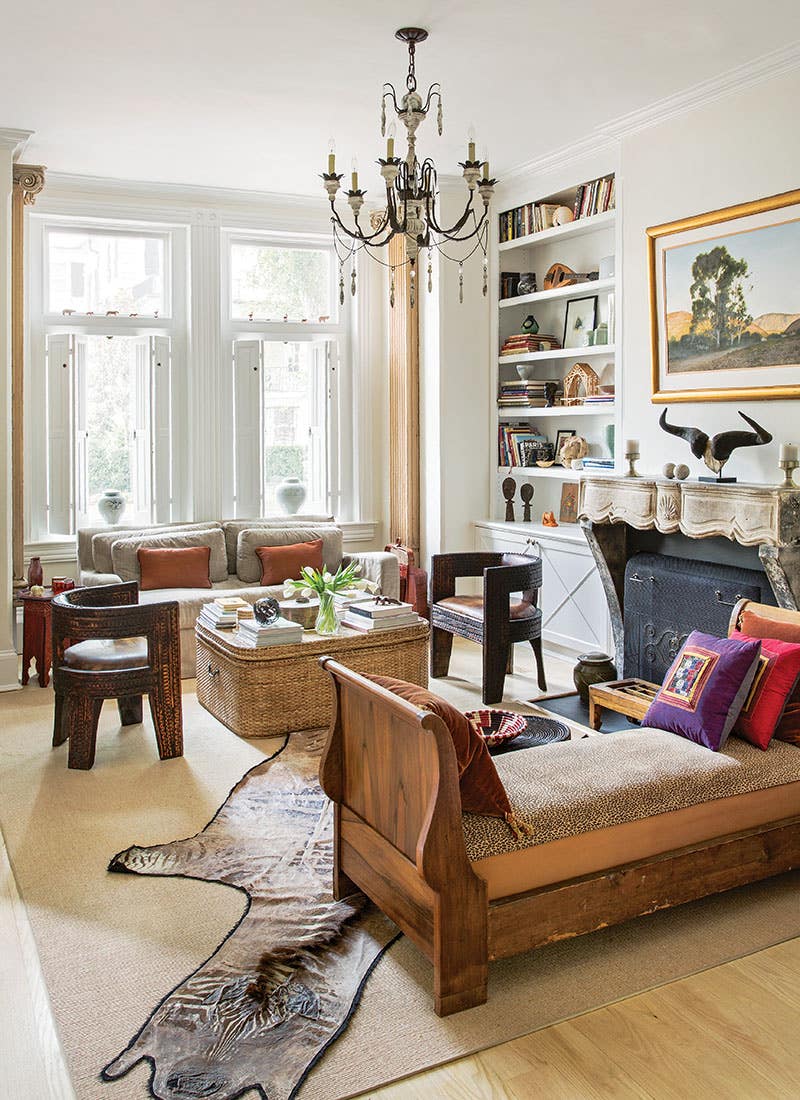

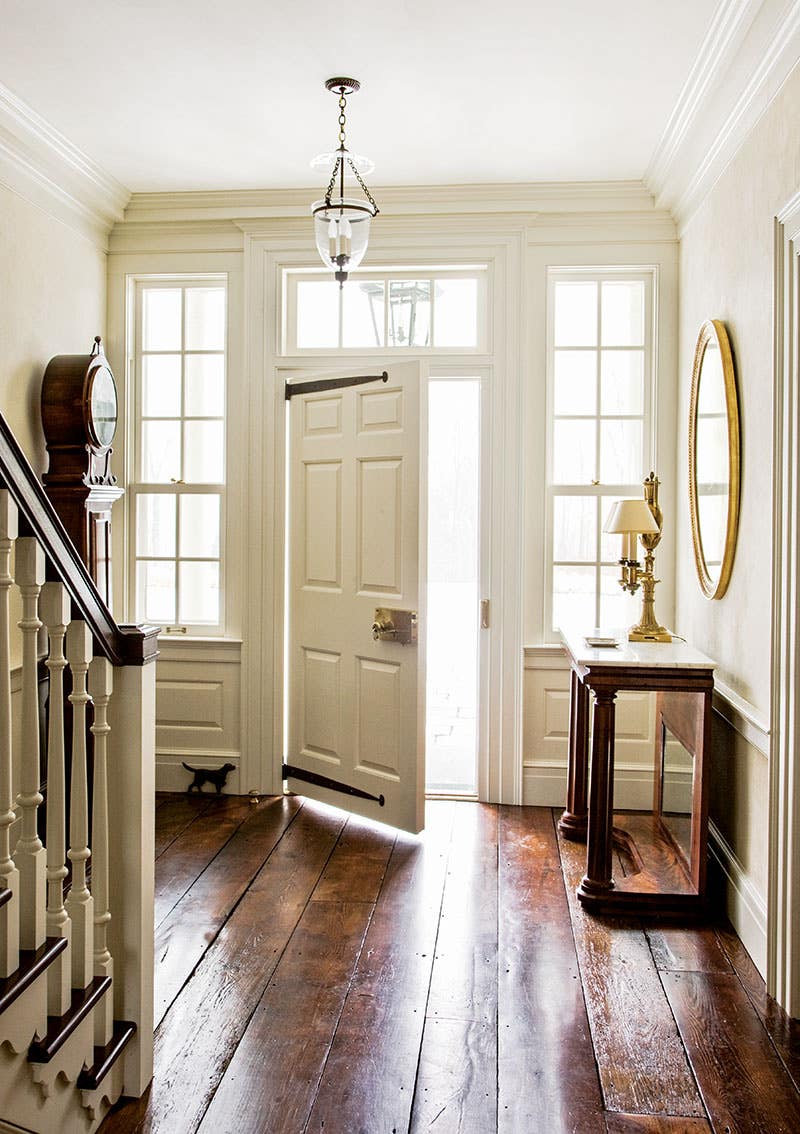
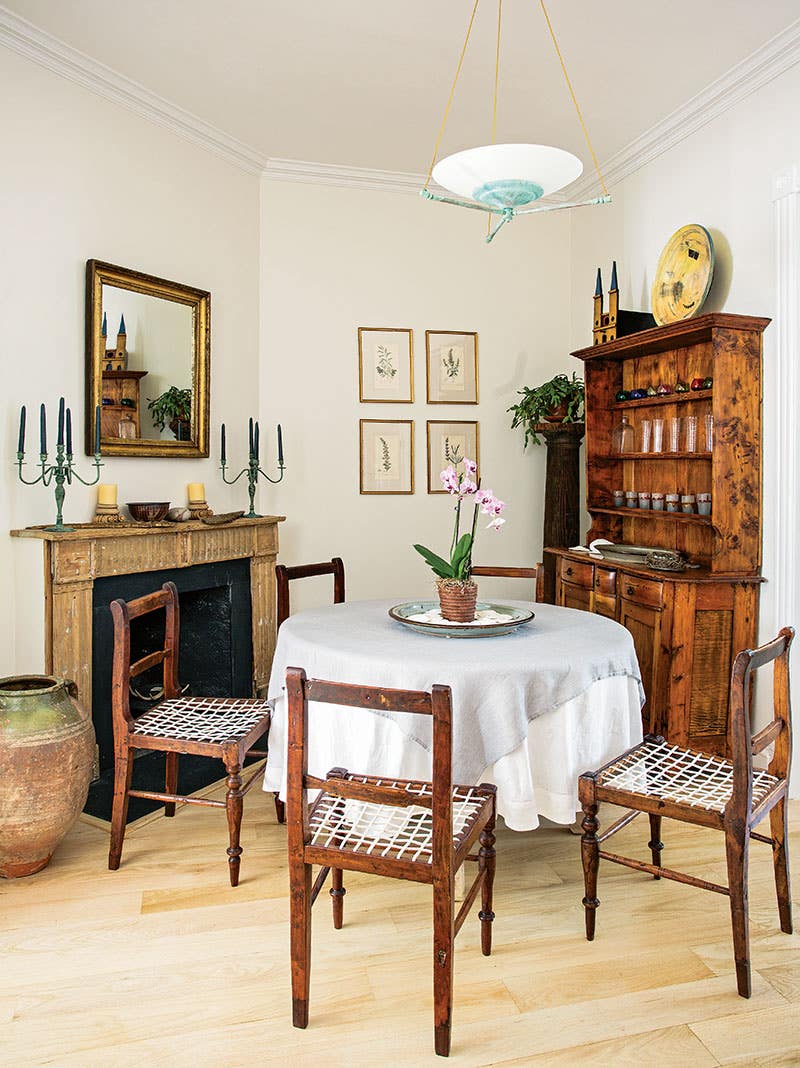
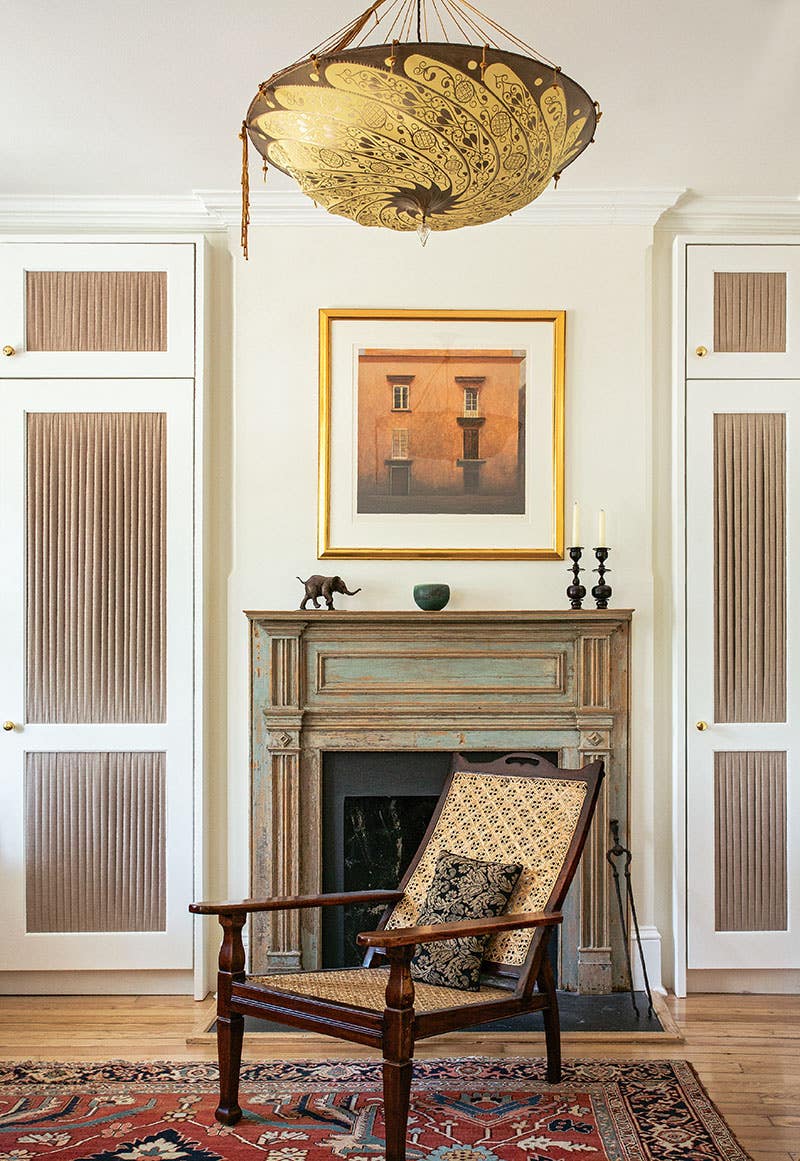
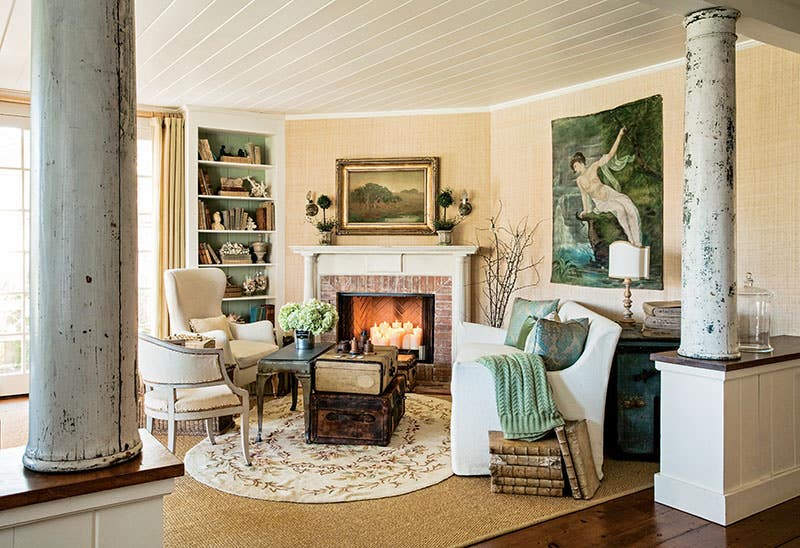

Far from new, and by no means an American idea, architectural salvage has been practiced for centuries as a way to cut material costs by recycling parts from one building into another. In modern times, it’s also been a business where one man’s cast-off can become another’s crown jewel. Architect Stanford White made it a specialty in the 1890s by selling antique European columns and stone carvings to his Gilded Age clients at a tasty mark-up. Today, the architectural salvage industry continues to change and thrive among shifting tastes and swinging building cycles—including an epic housing crash—as some longtime experts in the field explain.
Who Buys Architectural Salvage?
Architectural salvage seekers are as varied as people themselves, according to Noreene Parker at Pinch of the Past in Greensboro and Savannah, Georgia. “I have builders, interior designers, and DIYers that buy, and I also sell a lot to restaurant, hotel, and similar commercial developers.” She adds that her company sells to, and does restoration work for, many art and cultural museums and historic house museums. “Some people use our pieces for restoration, and others just want to add character to these new, rather plain or ersatz construction projects,” she says, “so it’s a pretty varied business.”
In the Midwest, Norm Kanis of Architectural Antiques of Indianapolis in Indiana reports an average balance between new construction and historic restoration. “We get people doing total restorations; we get flippers that want to keep the period character of a foreclosure they’re gutting, so they buy basic parts like a front door; and we get people seeking features that match their original house to make a new addition look like it was always there.” He says salvage also appeals to clients building a totally new, but not necessarily period, house. “Any architectural feature that will make your property unique is what we’re all about,” he says. “We sell a lot of lighting, doors, and interior items that you can’t buy at big-box stores.”
Charles Nevinson of Architectural Accents in Atlanta, Georgia, points out that buyers change with the times. “During the recession, we saw mainly restorers of older houses because a lot of people opted not to sell and move.” Owners of these houses from the 1950s back to the 1890s would repair and restore, buying a new mortise lockset here, a match for a pair of hinges there. Up until 2000, and again after 2009 or so, there was also a “middle market” of new construction, adding a bathroom to an existing older house or making it modestly larger. “Today, I’d say that middle market is a little depressed, but we still get a lot of restorers. Plus, we’re also getting the high-end buyer, who seem to be building new period houses as large as they did before the recession.”
In fact, for many salvage businesses, the customers can be other businesses. “Restoration Hardware comes to us occasionally for items to insert into their retail shops,” says Nevinson, “and with the film business huge now in Atlanta, they’re always after old things for their sets.”
Architectural Salvage Cycles
No one was immune to the housing crash, but in the salvage market the impact was both bad and good. “Certainly a lot of the big sales for restaurants, small businesses, and hotels just fell off the cliff,” recalls Parker. However, what didn’t slow down was supply. “I was getting eight, ten, twelve calls a day from people tearing down a building or selling their salvage, so it was a good time to buy and stockpile quality merchandise, within the limits of your cash reserves.” What determines quality though can be relative to supply and demand. In times past, Parker says she’s had to turn away plentiful items like fireplace surrounds or bathroom and kitchen sinks “because we just couldn’t handle, say, 500 sinks.” Even so, she says really good quality salvage in good shape has grown practically impossible to find over the years, and even items once overabundant are becoming scarce. “When the market is good, you don’t have enough merchandise, and when the market is bad, you have more calls to buy than you can sell. It’s cyclical and goes up and down with the economics of the building environment.”
Nevinson speaks for many when he says, “Just when you need new merchandise like a hole in the head, and you don’t even know where you’d put it, you have to be ready to commit to buying a good piece because it never comes on the market when it’s convenient.”
In fact, Kanis says his most exciting finds were salvaged decades ago, when there was a big supply and not as much demand. He describes acquiring a pair of double-entry doors from folks who probably grabbed them in the 1970s when a house was razed, and saved them for some future project that never happened. “These doors are in pristine condition because they escaped some 40 years of wear and tear and likely came from a single-owner house in the first place. Finds like that are what we like best; they’re similar to a second chance.”
Architectural salvage then turns on supply and demand, and a growing population combined with an aging building stock does not appear to hem it in. “We try to cater to the needs of all periods,” says Kanis,“so we’re market-driven in that sense.” He reports that in Indianapolis many Victorians have already been restored, but smaller towns offer opportunities so he still sells a lot of them. “I’d say that 1920s and ’30s houses are probably the majority of what people restore now; Mid-century Modern is really starting to come on strong—maybe not as strong for us as other areas, but that’s a big difference.” He adds that doors and light fixtures are his dominant categories, with lighting being the biggest.
Parker says she carries merchandise from the 16th century through the 1960s. “If the salvage is good quality, I don’t turn it down just because it’s from the mid-20th century,” she explains. “All of a sudden, half of my clients were born after 1960.” She estimates she sells the bulk of her stock to clients within a 600-mile radius of her two Georgia stores. “Big items like stained glass, monumental sculptures, planters, and large barn doors, we’ll sell all that we can get.” The rest—perhaps 30 percent—find a home outside the Southern region, often though tourists, or is shipped as far afield as Oak Park, Illinois, and Modesto, California. “We have a big online presence with an extensive website and Facebook site.”
Nevinson, too, casts his salvage net widely—and internationally. “The depth of our inventory does cover American,” he explains, “but we’re known as a source for the 18th-century European look, even if the items themselves are from the 19th, 17th, or 14th century.” He adds though that these are not simply objects d’art. “We’re on the more traditional, practical side,” he stresses “so if we sell balconies, chimney pieces, doors, or whatever, we like to see them used for their original purpose. But that doesn’t mean you can’t come here and buy sconces, mirrors, and chandeliers.”
Surprisingly, product supply and demand is not the only driver in the salvage business. “We used to move a lot of high-tank toilets and large ‘sunflower’ shower heads,” Parker says, “but with water restrictions now in many communities we don’t sell as many.” The Americans with Disabilities Act (ADA) requirements have had a similar impact. “I used to take 30 or 40 doorknobs out of an old hotel or apartment building and pretty much sell them right back to a hotel developer as soon as we cleaned them up, but not anymore. A commercial space has to have lever door handles.”
She points out that a client building a new home to look old, or a substantial addition indistinguishable from an older home, can encounter similar issues. Suppose the building code requires all doors to be 36 in. wide, and the client wants them all to look the same? “I’ve got over 500 doors in inventory, but if somebody walks in here hoping to drive away with 24 four-panel doors, 36 in. wide by 7 ft. tall, that all match, it just isn’t going to happen.” Without coming out of a hotel, such a quantity of identical doors could take months to assemble, she says. Nonetheless she does sell new old house builders a lot of millwork like trim, beadboard, and flooring, as well as accent pieces such as stained glass and chandeliers.
The Service Side
Depending upon its market, an architectural salvage business does not necessarily stop with purveying building parts and architectural antiques as they come out of a building. “We do extensive restoration on just about anything,” Parker says, adding that they polish brass, silver, and iron hardware, weld and sandblast, and restore stained glass. “We’ve got thousands of light fixtures and we restore all of those in-house.”
Though Kanis sells most of his merchandise “as is,” he also refurbishes a lot of lighting—but within limits. “We try to keep the finish as close to original as possible,” he says. “It used to be everybody wanted to polish everything, but now we find people like older patinas.” He adds that there’s a market for anything, but generally his clients like items that are in good, original condition, as clean and pristine as possible. “The small inconsistencies of an old patina really attracts people and sets an item apart from one that is newly manufactured.”
Nevinson takes the full-service approach. “It’s a one-stop shop here,” he explains. “If someone buys a door, for instance, we can completely prepare it—straighten it, if necessary, refinish it, install period hardware, adapt new hardware, and pre-hang it.” He describes 12 or more artisans in various workshops that include slumped and stained glass, joinery, wood carving, UL rewiring and restoration of light fixtures, and locksmithing. “We also occasionally do a whole project a year for a client.”
For some, this service end of the business flows naturally into making new reproductions of salvage-type items. “We cast some cabinet hardware, shutter hardware, and hinges because when you’re restoring a house, or building a new old house, your kitchen cabinets or shutters need hardware that looks old. But what you have is either mismatched or you don’t have enough pieces,” Parker says. Barn door tracks are a case in point. “The big, sliding barn door thing is the biggest fad right now, and, of course, people come in practically daily looking for barn door tracks. So we’ve found some places where we can source repro track that people can use and we can still sell our doors.” She adds that among many new people that call themselves contractors, if a building part doesn’t come out of a box with all its components, they don’t necessarily know what to do with it. “We have to help our market,” she explains.
Nevinson has a similar tale. During the recession, he says he noticed that items like good blacksmith ironwork and period mantels were getting very hard and expensive to find. “Not everybody could afford a $30,000 mantel or even a $9,000 mantel, so my solution was to offer the same period look, but at a less expensive rate.” In response, he created several dozen molds of old mantels and began reproducing them in cast stone, a material used for this purpose since the mid-19th century. “The thing is, it’s very hard to find matching pairs of period building parts, and when you do, they tend to command triple the price of a single item. So for a lot of people, it made sense to buy maybe one old mantel and get two reproductions.” He offers the same approach with wrought ironwork, so clients can buy a chandelier for their dining room, and then have matching sconces in the great room. “Starting with people like Urban Archeology in New York, there’s quite a lot of reproduction salvage popping up in the industry,” he observes. No doubt a source of future merchandise for the next architectural salvage cycle.
Gordon Bock, co-author of The Vintage House (www.vintagehousebook.com), is an in-demand speaker for courses, seminars, and keynote addresses through www.gordonbock.com.



